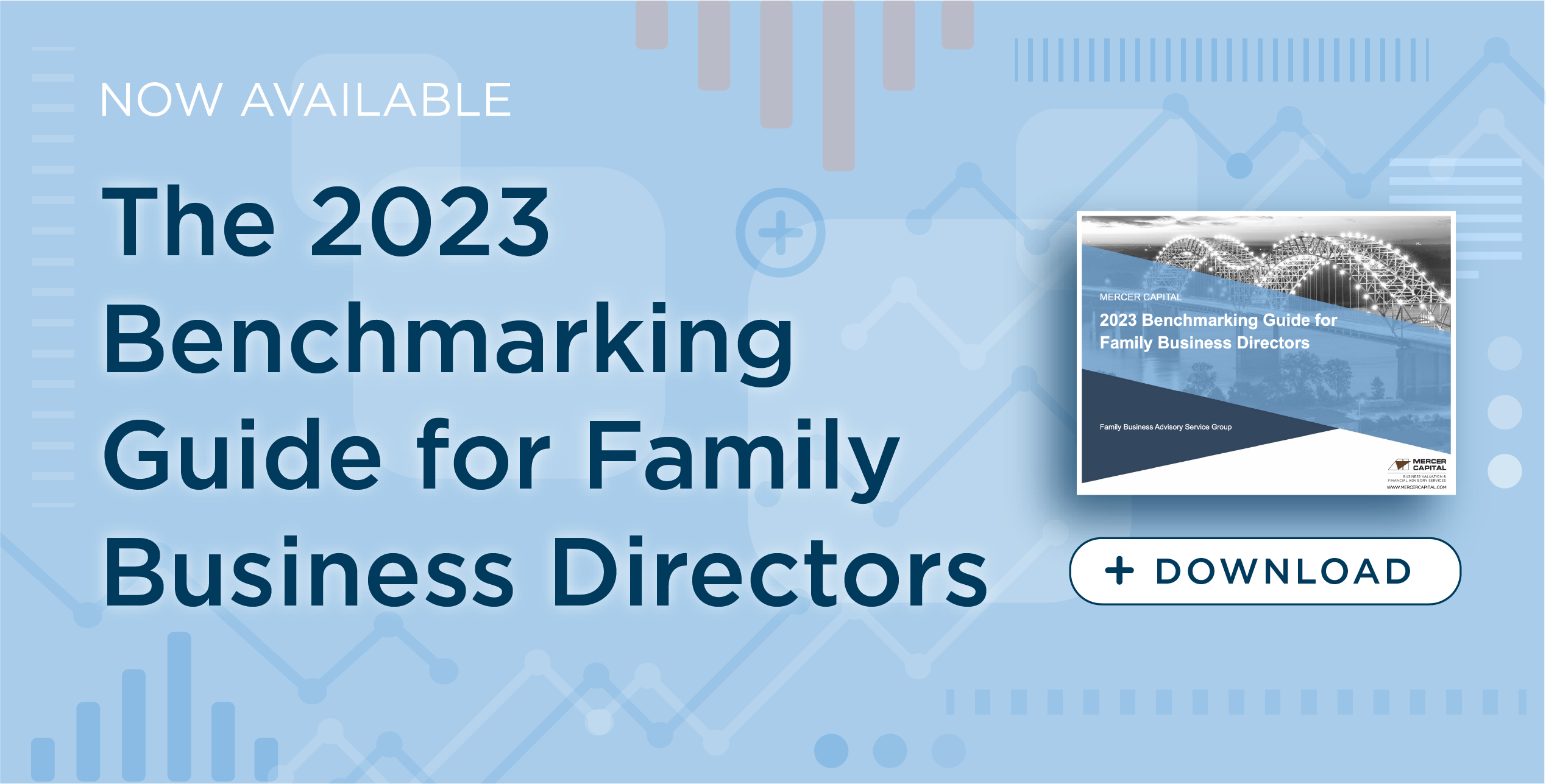Planning for Estate Taxes To-Do List
In last week’s post, we explored how the estate tax works and how family business shareholders are uniquely burdened by the prospect of having a substantial estate tax liability despite potentially having most of their wealth tied up in illiquid stock. This week’s to-do list includes important tasks for family business directors seeking to help prevent, or at least minimize, unhappy surprises with regard to the estate tax. While the estate tax is an obligation of the shareholders rather than the family business itself, if the shareholders are not adequately prepared to manage their emerging estate tax liabilities, there can be adverse consequences for the sustainability of the family business.
Review the Current Shareholder List / Ownership Structure for the Family Business
In family businesses, the lines between family membership, influence, employment, economic benefit from the business, and actual ownership can be blurry. Based on the current shareholder list, are there any shareholders that – were the unexpected to happen – would be facing a significant estate tax liability? Are there potential ownership transfers that would not only alleviate estate tax exposure, but also accomplish broader business continuity, shareholder engagement, and family harmony objectives?
Obtain a Current Opinion of the Fair Market Value of the Business at the Relevant Levels of Value
A current valuation opinion is essential to quantifying existing exposures as well as facilitating the desired intra-family ownership transfers. If you don’t have a satisfactory, ongoing relationship with a business appraiser, the first step is to retain a qualified independent business valuation professional (we have plenty to choose from here). You should select an appraiser that has experience valuing family businesses for this purpose, has a good reputation, understands the dynamics of your industry, and has appropriate credentials from a reputable professional organization, such as the American Institute of Certified Public Accountants (AICPA) or the American Society of Appraisers (ASA).
When you are reading the valuation report, you should be able to recognize your family business as the one being valued.
The valuation report should demonstrate a thorough understanding of your business and its position within your industry. It should contain a clear description of the valuation methods relied upon (and why), valuation assumptions made (with appropriate support), and market data used for support. You should be able to recognize your family business as the one being valued, and when finished reading the report, you should know both what the valuation conclusion is and why it is reasonable.
The appraisal should clearly identify the appropriate level of value. If one of your family shareholders owns a controlling interest in the business, the fair market value per share of that controlling interest will exceed the fair market value per share of otherwise identical shares that comprise a non-controlling, or minority, interest. Having identified the appropriate level of value, the appraisal should clearly set forth the valuation discounts or premiums used to derive the final conclusion of value and the base to which those adjustments were applied.
For example, many common valuation methods yield conclusions of value at the marketable minority level of value. In other words, the concluded value is a proxy for what the shares of the family business would trade for if the company were public. Some refer to this as the “as-if-freely-traded” level of value.
- If the subject interest is a minority ownership interest in your privately-held family business, however, an adjustment is required to reflect the lack of marketability inherent in the shares. All else equal, investors desire ready liquidity, and when faced with a potentially lengthy holding period of unknown duration, investors impose a discount on what would otherwise be the value of the interest on account of the incremental risks associated with holding a nonmarketable interest. In such a case, the appraiser should apply a marketability discount to the base marketable minority indication of value.
- On the other hand, if the subject interest represents a controlling interest in the family business, a valuation premium may be appropriate. The “as-if-freely-traded” value assumes that the owner of the interest cannot unilaterally make strategic or financial decisions on behalf of the family business. If the subject interest does have the ability to do so, a hypothetical investor may perceive incremental value in the interest. Such premiums are not automatic, however, and a discussion of the facts and circumstances that can contribute to such premiums is beyond the scope of this post.
We occasionally hear family shareholders express the sentiment that, since gift and estate taxes are based on fair market value, the lower the valuation the better. This belief is short-sighted and potentially costly. For one, gift and estate tax returns do get audited, and the “savings” from an artificially low business valuation can evaporate quickly in the form of incremental professional fees, interest, penalties, and sleepless nights when the valuation is exposed as unsupportable. Perhaps even more importantly, an artificially low business valuation introduces unhealthy distortion into ownership transition, shareholder realignment, shareholder liquidity, distribution, capital structure, and capital budgeting decisions. The distorting influence of an artificially low valuation can have negative consequences for your family business long after any tax “savings” become a distant memory. While the valuation of family businesses is always a range concept, the estimate of fair market value should reasonably reflect the financial performance and condition of the family business, market conditions, and the outlook for the future.
Identify Current Estate Tax Exposures and Develop a Funding Plan for Meeting Those Obligations when They Arise
The most advantageous time to secure financing commitments from lenders is before you need the money.
With the appraisal in hand, you can begin to quantify current estate tax exposures and, perhaps more importantly, begin to forecast where such exposures might arise in the future if expected business growth is achieved. Are shareholders prepared to fund their estate tax liability out of liquid assets, or will shareholders be looking to the family business to redeem shares or make special distributions to fund estate tax obligations? If so, does the family business have the financial capacity to support such activities? The most advantageous time to secure financing commitments from lenders is before you need the money. What is the risk that an estate tax liability could force the sale of the business as a whole? If so, what preliminary steps can directors take to help ensure that the business is, in fact, ready for sale and that such a sale could occur on terms that are favorable to the family?
Identify Tax and Non-Tax Goals of the Estate Planning Process
As suggested throughout this post, while prudent tax planning is important, it can be foolish to let the desire to minimize tax payments completely overwhelm the other long-term strategic objectives of the family business. If there was no estate tax, what evolution in share ownership would be most desirable for your family and business? The overall goal of estate planning should be to accomplish those transfers in the most tax-efficient manner possible, not to subordinate the broader business goals to saving tax dollars in the present.
The professionals in our family business advisory services practice have decades of experience helping family businesses execute estate planning programs by providing independent valuation opinions. Give one of our professionals a call to help you get started on knocking out your to-do list today.
 Family Business Director
Family Business Director 











